Manuka Honey ( 5+ UMF )250gm
KWD6.000
Manuka honey is made in New Zealand by bees that pollinate the native manuka bush.
Benefits:
-Help in digestive dysfunctions
– Antacid so it relieves heart burn
– Anti microbial against Helicobacter Pylori
– Relieves GERD
– Relieves symptoms of Irritable bowel disease
– Boost immunity
MANUKA HONEY
Manuka honey is made in New Zealand by bees that pollinate the native manuka bush.
Manuka Honey has been used since ancient times to treat multiple conditions. It wasn’t until the late 19th century that researchers discovered that honey has natural antibacterial qualities. Honey protects against damage caused by bacteria. Some also boost production of special cells that can repair tissue damaged by infection. And honey has an anti-inflammatory action that can quickly ease pain and inflammation. Researchers had discovered that it is a cure for helicobacter pylori of stomach and for digestive dysfunction like colon, peptic ulceration and hyperacidity.
INGREDIENTS OF MANUKA HONEY
Hydrogen peroxide is a component of honey, it gives most honey an antibiotic quality, but some types of honey, including manuka honey, also contain other ingredients with antibacterial properties. The main antibacterial component in manuka honey is a methylglyoxal compound found in most honeys, but usually only in small amounts. Manuka containing MG comes from converting another compound dihydroxyacetone, which is found in high concentrations in manuka flower nectar, and MG is believed to give manuka honey its antibacterial strength. It is the higher concentration of MG, which is strong as an antibiotic effect, which determines the true benefits of Manuka honey.
MANUKA HONEY BENEFITS
-Help in digestive dysfunctions
– Antacid so it relieves heart burn
– Anti microbial against Helicobacter Pylori
– Relieves GERD
– Relieves symptoms of Irritable bowel disease
– Boost immunity
– Relieves Duodenal ulcer of the small intestine
– It was also noted that manuka honey has calming effects for: sore throat – cold symptoms – coughs – inflammations of the inner cavity, symptoms of colds, and fever sores.
UMF™
Measures the three signature compounds that ensure Manuka Honey’s unique properties. It is the only independently certified and tested rating that requires it to be genuine, monofloral, and sourced & packed in New Zealand. Classifications of UMF depends on certain physical properties distinguishing manuka honey like liptospirine and methyl glyoxal. UMF classifications are in accordance with the efficiency of the desired NPA characteristics of honey.Usually honey is named with NPA ranging between 5 – 9.9 for +UMF5. And honey with NPA ranging between 10.0 – 14.9 to be classified +UMF10 and So on….
MGO®
MGO is methylgloxal, sometimes referred to as MG which is one of the most important effective component found in manuka honey. The number written beside MGO describes the amount in milligrams of the effective component found in each kilogram of honey. So that 500 MGO means that there are 500 mg of the effective component found in each kilogram of honey.
| UMF™ | MGO® |
|---|---|
| 5+ | MGO 83 |
| 10+ | MGO 263 |
| 15+ | MGO 514 |
| 20+ | MGO 829 |
| 25+
28+ |
MGO 1200
MGO 1420 |
Method of determination of honey pollen and geographical source of honey:
- Each type of honey have special physical characteristics known to beekeepers and experience people for testing honey only such as the color of honey, taste, flavor and smell, which is transmitted to honey from the flower. For example, the smell of Sidr honey reminds you of the same smell from the Sidr tree in the Sidr season during October and January (note that honey exposed to high heating loses the smell and flavor of honey
- Each type of honey have a special color from clear to white, yellow, red, brown, dark and black according to the flower and beekeepers knows easily. for measuring honey color there is a special device called colorimeter by unite (pfund).
- Each type of honey has its own electrical conductivity number, which measured by a special device in the laboratory called conductivity meter.
- The most important method that is used generally to determine the honey flower and the geographical location of honey is to determine the type, shape and number of pollen in honey by microscopy and matching with flower pollen around the world through Atlas pollen. It’s like the fingerprint of every honey.
Here is a clarification of some of the necessary points related to what we have mentioned:
- Pollen sticks to the legs of bees when standing on the flowers to absorb the nectar then pollen Mixing with honey.
- Each flower has pollen different from other types of flowers in the shape depending on the region. For example, the shape of pollen for the flower of Manuka is different from the shape of pollen for the flower of Sidr honey or others.
- External pollen from different flower or area can not be added to honey to change the source of honey because the shape and size of pollen which are added to honey by bees are different because many changes and treatments and chemical additions by bees are applied, therefore bee pollen are completely different from the pollen added by humans hand and distinguished clearly under Microscope.
- Each drop of honey contains very high number of pollen, the least (10,000) and may reach 100,000. The honey which have more number of pollen have more benefits to human health.
- Consumers can observe pollen in honey on the surface of unfiltered honey or inside the honey as impurities or sediments.
- Commercial companies work on the process of cleaning and filtering honey from pollen because it helps to speed up the crystallization of honey and this process makes their product shiny, beautiful, desirable and attractive to the consumer, but this kind of honey have low benefits for human health.
- US honey is completely free of pollen because they consider pollen are foreign on the honey and must be filtered. European honey contains some pollen because European standard of honey not allow removing pollen from honey. Honey is also found in beekeepers with very high amounts of pollen so honey crystallizes quickly.
- one honey jar or one drop of honey have hundreds types of pollen, but honey is called by the flower name which have highest number of pollen inside that honey as “clover honey” means that the pollen of clover’s flower has the highest number for other pollen.
Some physical properties of manuka honey
Manuka honey tends to be dark in color and is as close to creamy as it is to the liquid.
It is a light sensitive honey so it is packing in dark container. It has a floral fragrance and a strong floral taste that more similer to medicine than normal honey.
Measure the color of manuka honey according to the (Pfund) scale for determining the honey color.
How to check honey at home?
- See thoroughly a closer look of honey because natural honey contains impurities, either on the surface or inside the honey packaging, while the abnormal is very transparent, such as glass so as not to obscure the vision from behind the package.
- Smell honey The honey smell may be permeable or weak, which is the smell of flowers and fields, which produced honey by bees, while honey unnatural or unhelpful has no smell at all.
- Taste honey, natural honey has a flavor, which is the flavor of flowers and plants, while unnatural honey is just sweetness, meaning sweet like sugar syrup without any special taste.
- Eat honey, if it was natural, then it relaxes your stomach and you do not feel any discomfort in the stomach, but if the honey is not natural, you will feel a burning sensation in the stomach that does not fade away except by drinking water several times throughout the day.
أستوديو عسل المانوكا
| Weight | 250g, 500g |
|---|

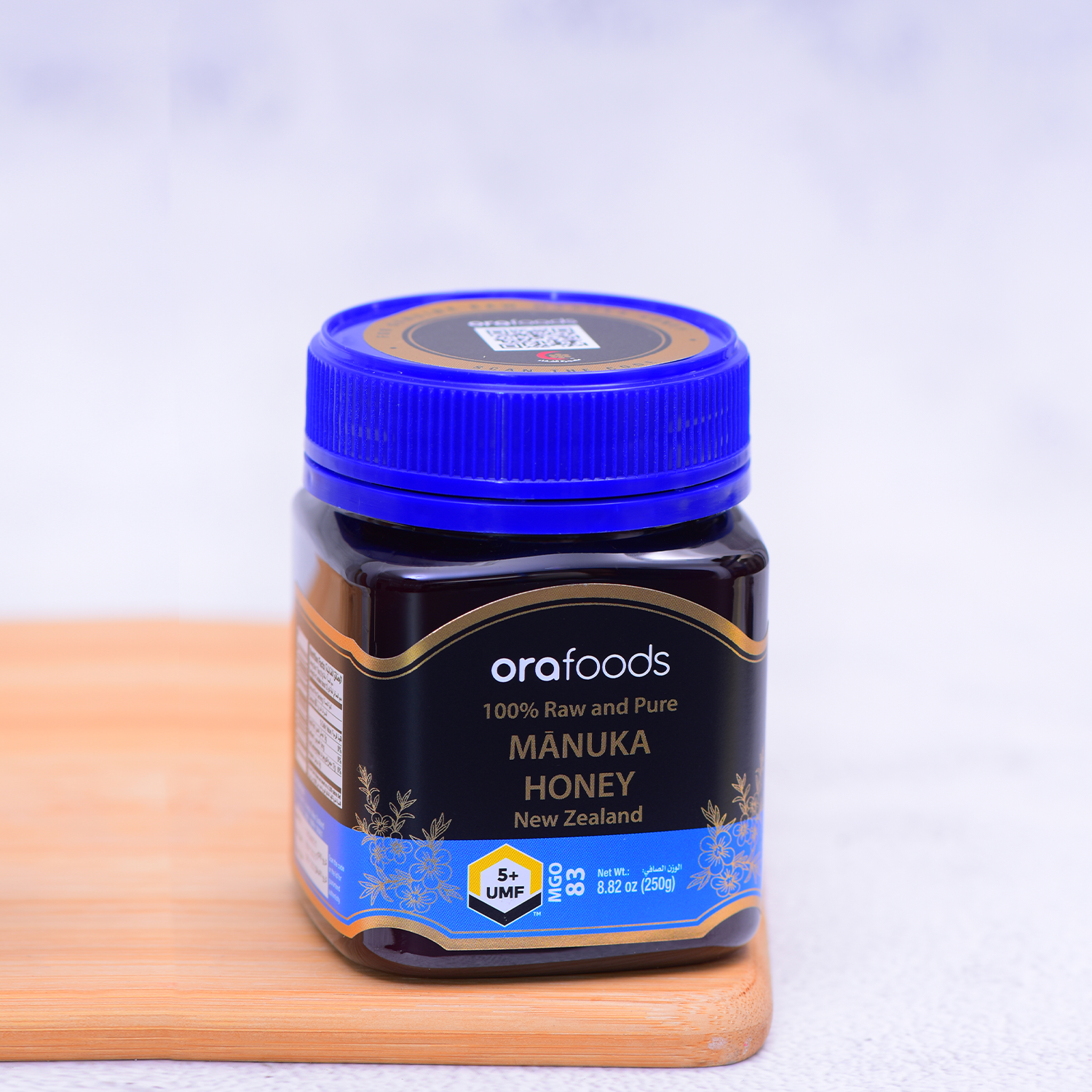
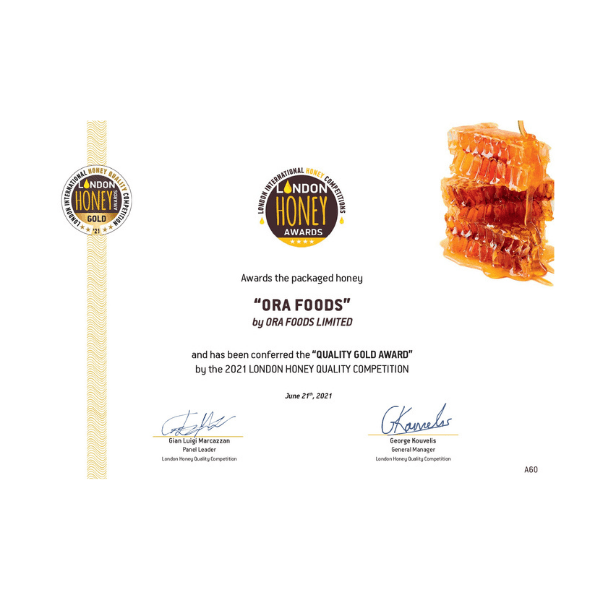
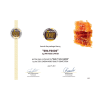





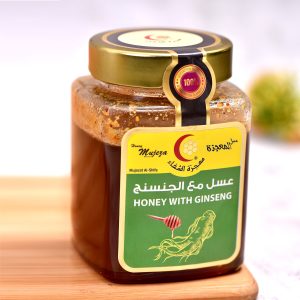
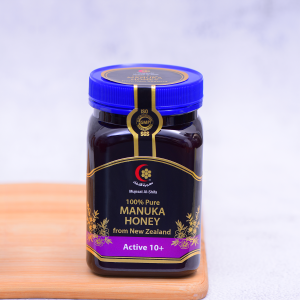
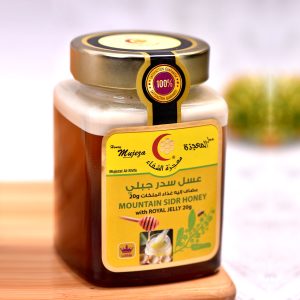
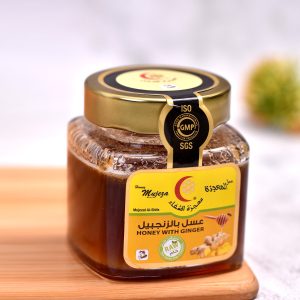
There are no reviews yet.